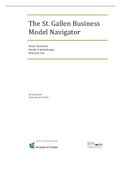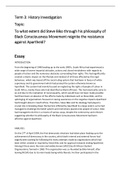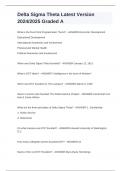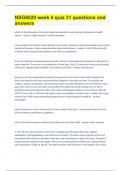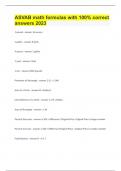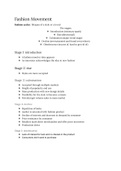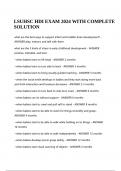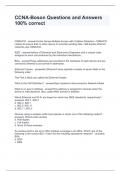Samenvatting
Samenvatting Business Modeling: Business Model Patterns (55)
- Instelling
- Thomas More Hogeschool (tmhs)
Business Modeling: Business Model Patterns (55). Dit vak wordt gegeven in het 2de jaar Media & Entertainment Business (MEB) door Steven De Hertogh.
[Meer zien]
